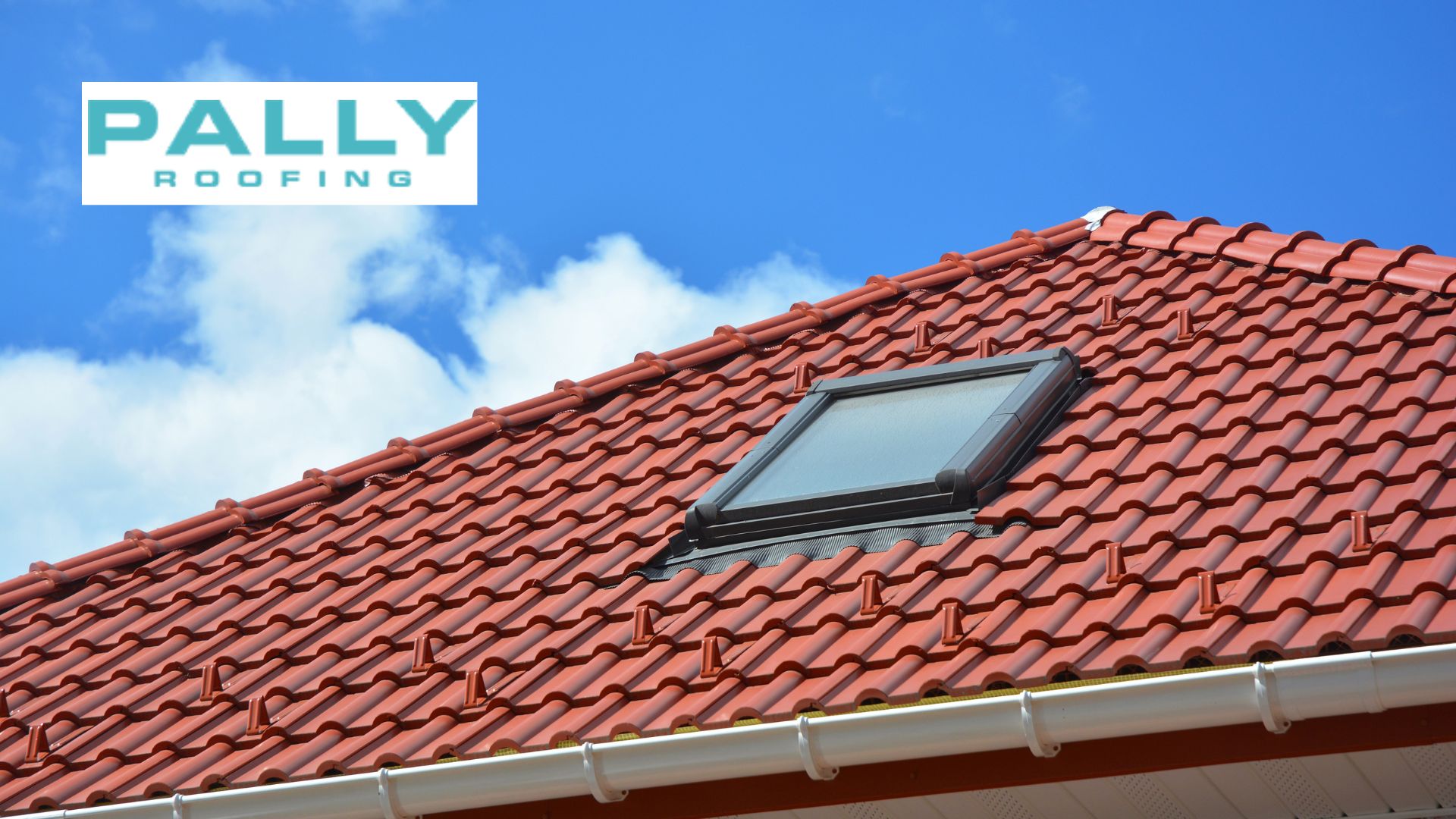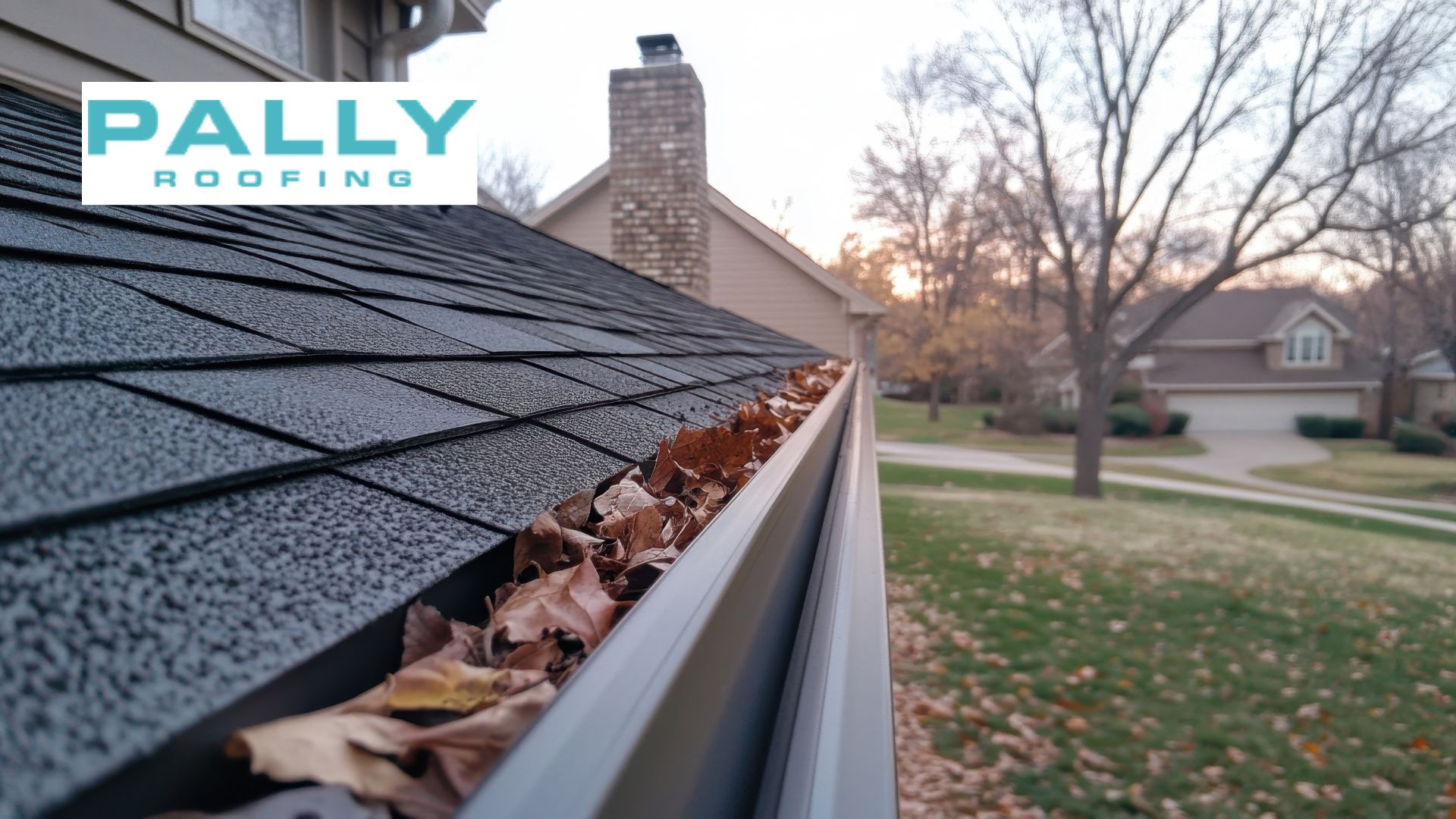Last updated on November 29th, 2024 at 03:52 am
Homeowners and business owners are increasingly choosing flat roofs because of their clean appearance and saving room features. They allow for innovative flat roof applications, such as the rooftop garden and balcony, H.V.S.C. Choosing the best flat roof materials is important; it directly affects durability, protection, and cost. For over 15 years, Pally Roofing Services has provided reliable flat roof installation in Ohio, ensuring long-term outcomes for residential and commercial properties.
Table of Contents
What Are The Most Popular Materials Used For Flat Roofs?
Common materials used for flat roofs include EPDM rubber, TPO, PVC, built-up roofing, and modified bitumen.
Popular Flat Roof Materials:
Flat roof systems are widely used in residential and commercial buildings because of their practicality and versatility. Here is a detailed overview of the most popular flat roofing materials, highlighting their features, benefits, and suitability:
1. EPDM (Ethylene Propylene Diene Monomer)
- Benefits: Durable, weather-resistant, lightweight, and cost-effective.
- Best For: Residential flat roof replacement and commercial flat roofs in different climates.
- Applications: Due to its flexibility, it is frequently used in modern residential flat roof systems and flat roof replacement materials.
2. TPO (Thermoplastic Polyolefin)
- Benefits: Energy efficient, UV resistant, and environmentally friendly.
- Best For: The properties focused on reducing energy costs and comparing flat roofing materials.
- Applications: Ideal for flat roof construction options in residential and commercial settings.
3. PVC (Polyvinyl Chloride)
- Benefits: Durability, fire resistance, low maintenance.
- Best For: Construction that requires chemical resistance, such as a warehouse.
- Applications: Used in residential flat roofing solutions where safety and longevity are priorities.
4. Modified Bitumen
- Benefits: Very durable, smooth, and non-breaking.
- Best For: Budget-friendly, affordable flat roof materials for residential flat roof details.
5. Built-Up Roofing (BUR)
- Benefits: Good insulation with multiple layers for durability.
- Best For: Older commercial buildings and flat roof system residential properties requiring cost-effective options.
6. Metal Roofing
- Benefits: Exceptional lifespan, energy efficiency, and modern aesthetics.
- Best For: High-end roofing flat roof projects and modern residential flat roof designs.
What Are The Energy Efficiency Benefits Of Using TPO Or PVC Roofing?
The energy efficiency benefits of using TPO (Thermoplastic Olefin) and PVC (Polyvinyl Chloride) roofs are substantial, making both materials popular choices for a building flat-top structure. Here is a detailed description based on the search results:
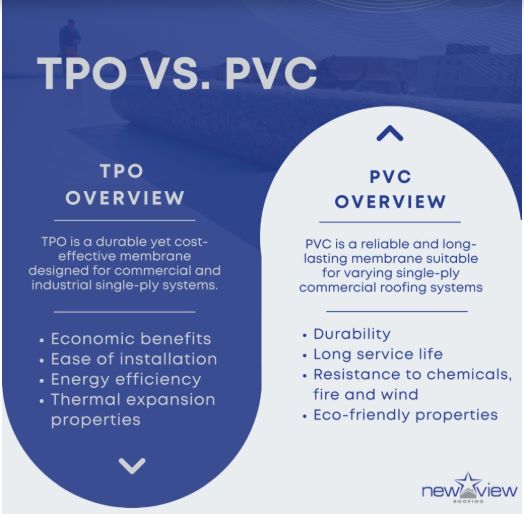
Source: newviewroofing
Energy Efficiency Benefits of TPO Roofing
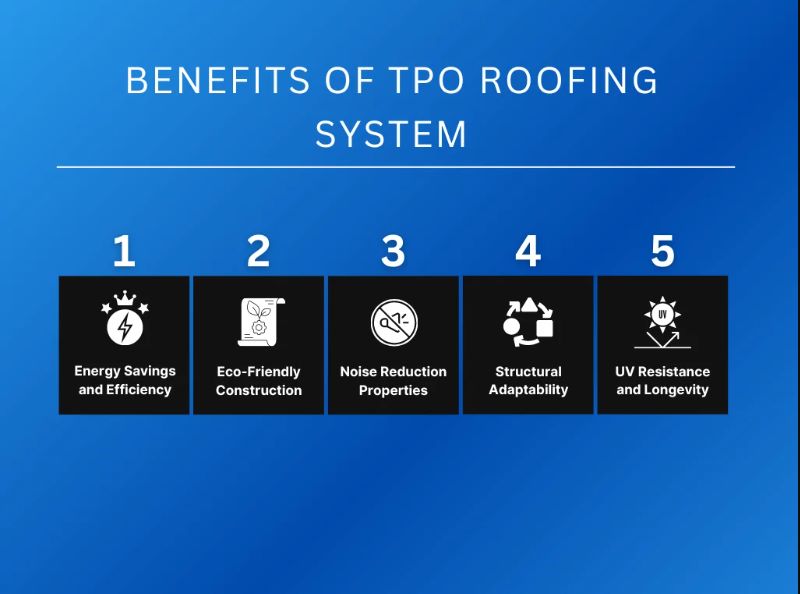
Source: rhinoindustries
- Reflective Surface: TPO roofs are lined with high-gloss white thermal insulation that reduces heat absorption, keeping the buildings cooler in hot weather. This inversion property can significantly reduce cooling costs by reducing heat transfer.
- UV Resistance: TPO membranes are designed to resist UV rays and protect roofing materials from corrosion and cool interior temperatures. This UV resistance reduces air conditioning requirements, helping to save energy.
- Cool Roof Rating: Many TPO products have an Energy Star® rating and meet Cool Roof Rating Council (CRRC) standards. These certifications can help buildings qualify for energy efficiency credits and financial incentives.
- Environmental Impact: TPO is usually made from recycled materials and is completely recyclable at the end of its life. This makes it an environmentally unsustainable option for energy-intensive projects.
- Reduce energy costs: By reducing solar reflection and heat absorption, TPO roofs significantly reduce energy costs, especially in areas with high cooling demands.
Energy efficiency benefits of PVC roofing
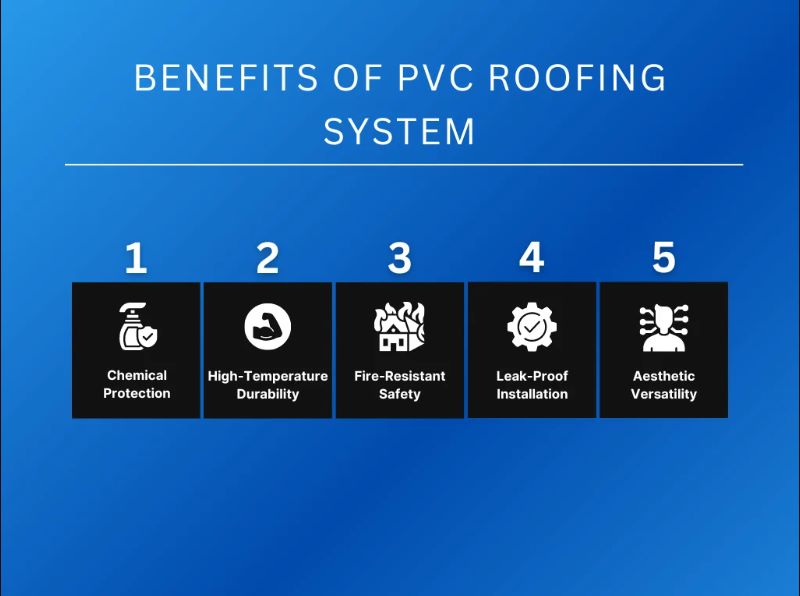
Source: rhinoindustries
- Objects of sight: Like TPO, PVC roofing provides reduced heat absorption. This helps keep the cabin cool and reduces air conditioning during the warmer months.
- Durable against high winds: PVC membranes are highly UV resistant, providing long-term energy efficiency by preventing heat waste. This resistance enables the product to last longer and reduces energy expenditure in the long run.
- Fire resistance: PVC roofing has excellent fire-retardant properties, which not only improves the safety of the building but can also reduce insurance premiums. While not directly tied to energy efficiency, this factor increases the system’s overall value.
- Long life: PVC roofs typically last over 30 years, reducing replacement frequency. The durability reduces energy losses associated with roof inefficiencies, helping to reduce long-term energy bills.
- Chemical Resistance: PVC’s chemical resistance ensures that it maintains its structural integrity and flexibility over time, providing the benefits of continued energy efficiency throughout its life
TPO and PVC roofing materials offer significant energy efficiency benefits, including reflective materials, UV resistance, and durability. These benefits reduce energy costs and support sustainable building practices.
When choosing between TPO and PVC, consider factors such as:
- Specific project requirements (e.g., chemical handling or fire safety requirements)
- Budgetary constraints
- Objectives for long-term energy efficiency
Discover how Thermoplastic Polyolefin (TPO) roofing can enhance your roofing project with energy-efficient and sustainable solutions by visiting Pally Roofing’s guide on TPO roofing.
Factors to Consider When Choosing a Flat Roof Material
- Climate Suitability: Choose materials that are appropriate for your region. For example, roof material for flat roofs in hot climates might favor TPO.
- Lifespan and Maintenance Needs: Opt for long-lasting roofing materials, such as modified bitumen or EPDM options
- Budget: For cost-conscious homeowners, consider affordable flat roofing options like modified bitumen or EPDM options for residential homes.
- Energy Efficiency: TPO and steel are great for energy-efficiency flat roof design options.
- Purpose of the Building: Differentiate between commercial flat roofs and residential flat roofing solutions to make the best choice.
Importance of Professional Installation
Proper flat roof installation in the USA ensures effective drainage, prevents leaks, and prolongs roof life. Common issues like pooling water or insulation failures often result from DIY or poor installation. Licensed contractors ensure each part of the flat roof system, residential or commercial, is seamlessly integrated, from flat roof parts to insulation.
Maintenance Tips for Flat Roofs
- Regular Inspections: Check your flat roof parts and address minor issues before they escalate.
- Debris Removal: Clean the soil surface to prevent water growth and damage to residential flat roofs’ roofing materials.
- Professional Maintenance: Rely on expert services for flat roof products for repair for long-term reliability.
What Are The Key Materials For A Flat Roof?
Material para flat roof options include EPDM, TPO, PVC, modified bitumen, and built-up roofing, each offering different levels of performance and cost-effectiveness.
Conclusion
Selecting the right flat roof materials is important to have a robust, cost-effective, and efficient roofing system. Proper professional installation and regular maintenance are equally important to maximize the life of your flat roof system on residential or commercial property.
Are you looking for the best flat roofing options in the USA? Trust Pally Roofing in Ohio flat roof installation services near me in the USA to deliver high-quality, durable flat roof materials customized to meet your needs. Contact us today for a free consultation!
Frequently Asked Questions
Which Flat Roof Material Is The Most Cost-Effective Option?
Built-up roofing is typically the most cost-effective option for flat roofs due to its durability and affordability.
Are Flat Roofs More Prone To Leaks Than Pitched Roofs?
Flat roofs have no slopes for water to drain; pitched roofs are more prone to water than roofs.
How Long Do Flat Roof Materials Typically Last?
Flat roof materials such as EPDM rubber and TPO can last up to 20-30 years with proper maintenance and care.
Can I Install A Green Roof On My Flat Roof?
Yes, flat roofs are ideal for installing green roofs as they provide additional insulation and environmental benefits.
What Is The Best Flat Roof System?
The best flat roof system depends on factors such as climate, budget, and intended use. Popular systems include EPDM, TPO, and PVC due to their Durability And Ease Of Maintenance.
What Are The Building Materials Used For A Flat Roof?
Flat roof building materials typically include membranes like EPDM, TPO, PVC, built-up roofing, and modified bitumen, along with insulation layers and drainage systems.
What Are The Parts Of A Flat Roof System?
The main parts of a flat roof system include the roof deck, insulation layer, roof membrane (such as EPDM or TPO), and drainage system for safe water runoff.
What Roofing Material Is Best For A Residential Flat Roof?
The best roofing material for residential flat roofs often includes EPDM, TPO, and PVC for their durability, energy efficiency, and relatively low maintenance needs.
Author
-

With more than 16 years of hands-on experience, Phillip Schmucker is the knowledgeable owner of Pally Roofing. His dedication to superior roofing services has earned him a reputable place in the industry. Phillip also shares his extensive expertise through writing, providing readers with practical tips and professional advice on various roofing topics. Follow him on LinkedIn.
View all posts


